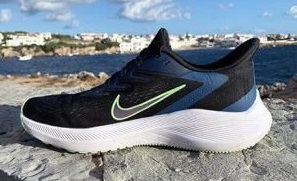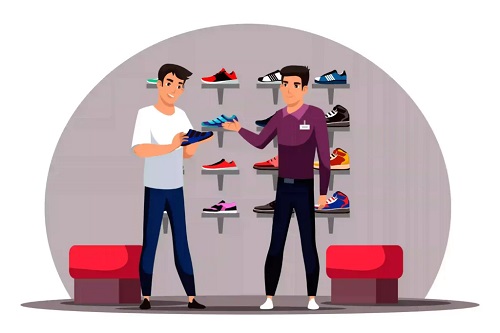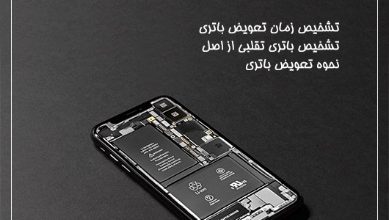with Buy Nike shoes Running can be like flying. Running shoes provide protection, support, shock absorption, and bounce back so you can focus on achieving your running goals. Choosing the right pair will improve your performance and reduce your risk of injury. But each step can be a pain if you find a pair that don’t fit you or meet your needs. The best running shoe for you depends on many factors, so picking a clear winner isn’t easy. With so many styles and layouts, you might need a little help narrowing down your options. He is back.
Comfort comes first
The best running shoes for you are the ones that feel most comfortable, but when you just try them on, it’s not easy to tell if the comfort will last for long. When evaluating comfort, pay attention to how it feels in different parts of your foot. Learn about the different components of a shoe and how they affect fit. if History of Nike shoes Read on, you will realize that comfort has always been the most important thing to Nike.

At the top
The upper is the upper part of the shoe above the sole. Look for an upper that fits the shape of your foot and doesn’t rub or stretch. The revolutionary Nike Flyknit upper provides lightweight support and reduces waste by up to 60%.
finger box
Find a toe box that won’t hurt your feet. You should have enough space between your toes and the toe box so that you can flex and open your toes properly without them getting caught in the toe box.
saddle
The saddle is the part that holds the shoelaces and stabilizes the foot. Try to find a saddle that will support your foot without feeling too tight on the arch as you walk.
midsole
The midsole is designed to absorb shock. Choose the midsole that does not make the shoe heavy and comfortable. Avoid a midsole that’s too soft or too stiff – be like Goldilocks and choose one that fits just right.
Single abroad
The sole is the sole of the shoe. Find shoes that fit the shape of your foot and feel comfortable. Balance sitting with flexibility whenever possible. The heel counter (or heel trap) is the material that connects the upper to the shoe liner at the back of the shoe. The height of your heel relative to the height of the ball can affect your stride. Pay attention to how your shoes feel when you’re walking or running, and avoid shoes that put pressure on one part of your foot.
Socks liner
This shoe has a sole for comfort. This affects how soft and supportive the shoe will be when you first step into it. In most shoes, it can be removed or replaced with an orthotic. Make sure to try running with shoes instead of relying on a gut feeling.
collar
Ankle collar is the upper part of a shoe that you wear on your foot. A good ankle collar will not slide or rub in your Achilles and will fit snugly around your ankle. This can cause discomfort in many shoes. , so pay attention to the area where you take the shoe for a test. Reduce the risk of injury One of the most important points in choosing a running shoe is to prevent injury. Your shoe’s design and materials will determine whether you’ll have a smooth ride while running. The level of support you feel can make or break your shoe’s ability to help reduce your risk of injury. Historically, motion control running shoes were thought to provide the best protection against pronation, which is the natural inward movement of the foot while walking. Unfortunately, this type of shoe has not been able to reduce the number of runners’ injuries over the years. Based on data collected from real runners, scientists at the Nike Sports Research Lab have discovered a simple solution: Cushioning and comfort are the keys to reducing injuries. Of course, more cushioning can lead to larger, bulkier foam shoes. To avoid this problem, NSRL developed a unique rocker shape that eases the transition from heel to toe and a wider toe and heel base for added stability. Choose a comfortable, cushioned fit to maximize your impact without injury. Combine it with a varied running routine tailored to your individual running experience and goals.

6 important points
- Please double check your actual size. Don’t assume that all shoes are the same size. Use our size chart and measure your foot to find the best fit.
- Order a Half Size Up: If you’re having trouble choosing between sizes, it’s best to go up a half size.
- Shop in the evening: When your feet swell throughout the day, you may find shoes that fit in the morning but feel too tight in the evening. It is best to go shopping after 5 pm.
- Wear running socks: To ensure a proper fit, wear the same sweat-wicking socks you plan to wear while running.
- Take them for a test ride – you should always go through a few pairs before deciding on the right one. Nike stores let you walk around the store to get a feel for the shoes in action. For a more thorough test, consider buying more than one pair, trying them on, and bringing them back.
- Consider latest style: A pair of sleek sneakers can give you a confidence boost, but looking good should come after fit and comfort. Once you’ve narrowed down your choices to what you think is right for you, you can choose the pair that best matches your aesthetic.
source : Nike










